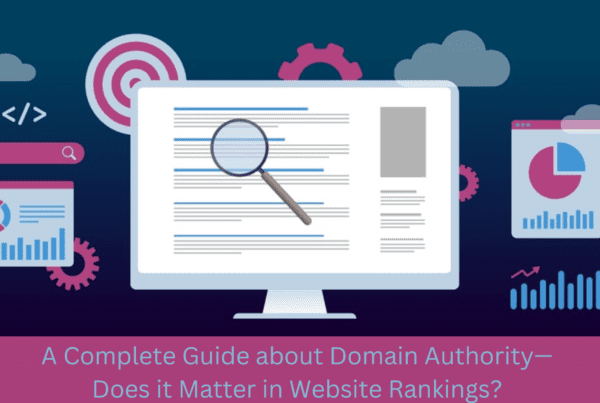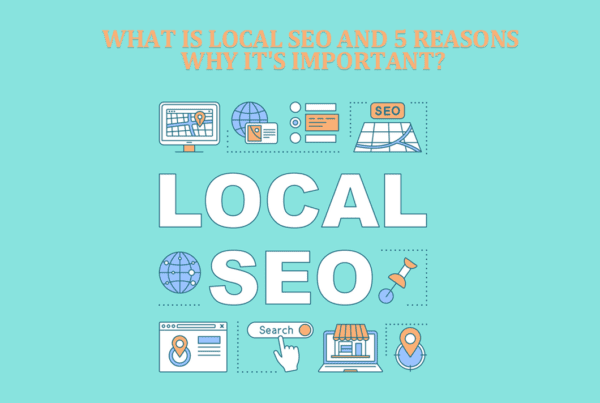One of the most important factors in SEO rankings is on-page SEO activities. These activities can make or break a website. Following the tips below will help you optimize your site for search engines. These activities include adding keywords to your site’s title, meta description, and internal links.
Identify your cornerstone content
As a blogger, the first step you must take is to identify your cornerstone content. This content should be high quality, relevant, authoritative and search engine optimized. Additionally, it should be linked to supporting content. Once you have decided on the cornerstone content, you need to make sure that it is consistent and related to your niche.
The cornerstone content should be easy to navigate and mobile-friendly. Moreover, the primary keyword must be present in the URL and title tag. The title tag is also known as the headline. Google tries to provide relevant results, and prefers a headline that answers the question asked by the searcher.
It is important to keep in mind that the cornerstone content needs to provide the information that people are looking for, otherwise, the search engine bots will move on to other content. Also, the cornerstone content should be interesting and captivating to keep readers engaged. Using engaging titles and paragraphs can make your readers want to read more.
Publish High Quality Content
Creating quality content that is useful to your target audience will help you rank higher in Google. It is vital to create long-form content pages with a high keyword density. These pages should be informative, but also incorporate the highest ranking keywords with the most competition.
Internal links drive users deeper into your site
Internal links can drive users deeper into your site, guiding them from one page to another. These links are also crucial for search engines, which use them to crawl the web and evaluate content. Search engines also rely on internal links to help them understand the context of content. If they’re used correctly, these links can also increase your search engine rankings.
Even though many believe that Shopify is the best ecommerce platform for seo, this is much easier to do on WordPress with the help of plugins.
Increasing the number of internal links to your website can increase conversions and traffic. They’re especially effective in your blog, where you can include links to your products, services, or pricing information. Those links can also help boost your sales page’s SERP rankings. In addition, they can increase the SEO value of your blog.
Internal links are important for SEO because they can increase the value of your content by leading users to relevant content. They can also increase the amount of time your readers spend on your website, which increases trust in your site. Internal linking is an essential aspect of user optimization, so take the time to optimize your site for the best SEO results.
Internal links should always point to relevant content within your website. They will guide your audience to the right place and remove barriers to seamless site navigation. They will also help you create a hierarchy of information on your site.
Meta description optimization
Meta descriptions are critical for the success of your website, as they influence the placement of your website on the search engine results page. The best meta descriptions include words that describe the value of your page and call attention to your call to action. Your meta description will be relevant to the page’s content and should be relevant to the keywords you use.
Meta descriptions appear under the title of your web page and offer a short explanation of what the page is about. There are many SEO tools that can help with this. A well-written meta description will increase click-through rates, which directly affects your rankings. It is important that your meta description be unique for each page on your website. In addition, your meta description should contain your primary keyword. This is important because your keyword will appear bold on the SERP.
Meta descriptions are an essential element of technical on page SEO. They are the text that shows up next to the title tag on search engine results pages. If your meta description is informative and compelling, users are more likely to click on it. Make sure to follow the guidelines provided by Google, as well as include a link to your website in your meta description.
A meta description is a small piece of HTML code that describes your page’s content. Your meta description should match the content on the page. You can find the meta description by opening your HTML source code by pressing “Ctrl+U.” Your meta description is chosen by you and your content author, and will be displayed only on search engines and social media.
Adding a descriptive image captions
Adding descriptive captions to images on your site will increase their search engine visibility. Search engines will associate your images with your keywords, helping them to rank higher. It also gives search engines useful information about your image, so they know which version to display in response to a user’s query. In addition, adding an alt text to an image is required under the Americans with Disabilities Act. It should describe the image and the content it contains.
When optimizing your Instagram posts, make sure that you include relevant keywords in your caption. Instagram uses captions to determine what people are interested in. For example, if your post features nature photography, make sure you add the hashtag #nature. Using descriptive captions not only improves your search engine optimization, but also adds value to screen readers with disabilities.
Using adverbs in your titles
Adverbs can have positive effects on SEO but overuse of adverbs can be detrimental. Google considers readability an important ranking factor and penalizes websites that use adverbs too often. Adverbs can also affect click-through rates.
Schema markup
Schema markup is a powerful technique for improving your site’s search engine optimization. It’s used to tell search engines exactly what your content means, so they can deliver relevant results to your users. The idea behind it is to give consumers more information about your company with minimal clicks. It’s often referred to as a virtual business card for your website.
One of the benefits of schema markup is that it can make your content more readable by search engines. This means that your website can rank higher and receive more clicks. Using schema markup in your website can also make your content more engaging. Not only that, but it also helps you increase your website’s CTR.
When you implement schema markup on your website, it can increase your chances of being featured in Google’s rich snippets. These rich snippets are often displayed on SERPs. However, this doesn’t guarantee that your website will receive rich snippets. That’s why tracking your SERP features is so important. A useful tool for this is the SEMRush Audit Tool. The tool can also identify opportunities for improvement.
Another tool to use for schema markup is the Schema App. The tool will help you add structured data to your website and emails. It also allows you to create an SEO knowledge graph of your website. This knowledge graph will help search engines better understand your site. It can also help you rank higher in Google, which tends to display the most relevant information first.









